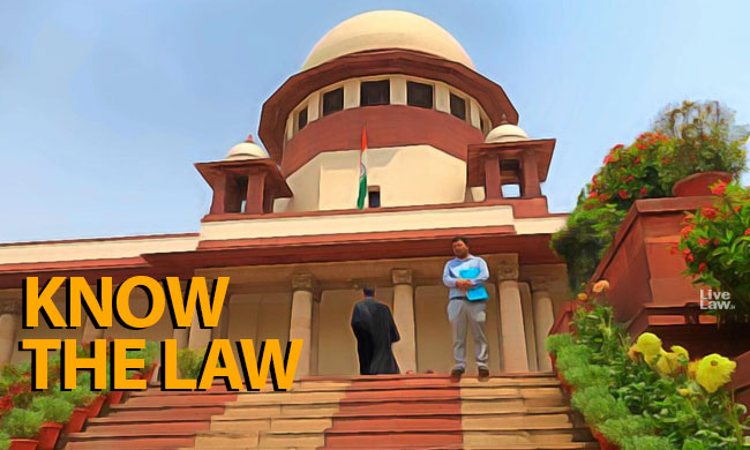Textual Interpretation Of Statute Should Match With Contextual Interpretation: Supreme Court
LIVELAW NEWS NETWORK
20 Jan 2022 12:01 PM IST

Next Story
20 Jan 2022 12:01 PM IST
The Supreme Court observed that while interpreting the provisions of a statute, the textual interpretation should be matched with the contextual one.Statutes have to be construed so that every word has a place and everything is in its place, the bench comprising Justices L. Nageswara Rao, BR Gavai and BV Nagarathna observed.The court observed thus while considering an appeal against a...
